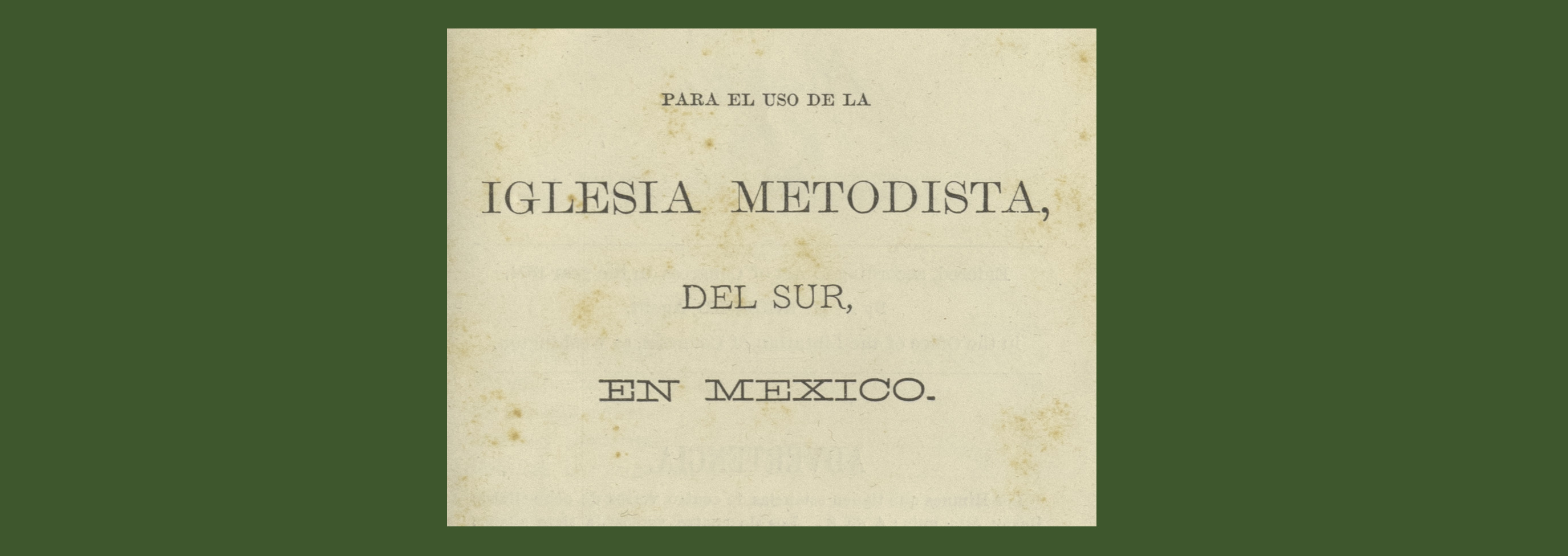
Driven by a highly systematized structure of lay class leaders, local preachers, and circuit-riding elders, the Methodist church spread across the South in the late eighteenth century. British founder John Wesley (1703–1791) conceived of Methodism as a devotional practice emphasizing inward and outward holiness. Wesley was enthusiastic about participatory music and Methodism condoned worship practices controversial in other denominations, such as the use of non-scriptural hymns, music of secular origin, and women’s vocal participation in public worship. The Methodist tradition of hymn composition began with Wesley’s brother Charles (1707–1788), a prolific hymn writer whose texts were enthusiastically taken up by most contemporaneous communities, including American Methodists. When they ordained their first two bishops in 1784, American Methodists officially severed from the Church of England, organizing a series of regional conferences that effectively delivered preaching and lay devotional activity to the diffuse and sparsely populated inland South.
Debates over black participation shaped American Methodism from its inception and led to several denominational schisms along color lines. While Methodist doctrine has always included a condemnation of slavery, church practice excluded black preachers and elders from positions of power beyond the local congregation. Effectively excluded from participation in national bodies of church governance, African Americans founded several historically black denominations, including Richard Allen’s African Methodist Episcopal Church in 1816. Tensions over the official anti-slavery position of the Methodist Episcopal Church increased throughout the early nineteenth century, leading to the 1844 schism that produced the Methodist Episcopal Church, South, though the Methodist Episcopal Church retained a limited presence in the region. The two denominations continued to exist in parallel through the mid-twentieth century, maintaining their own official hymnals and publication organs.
—Erin Fulton